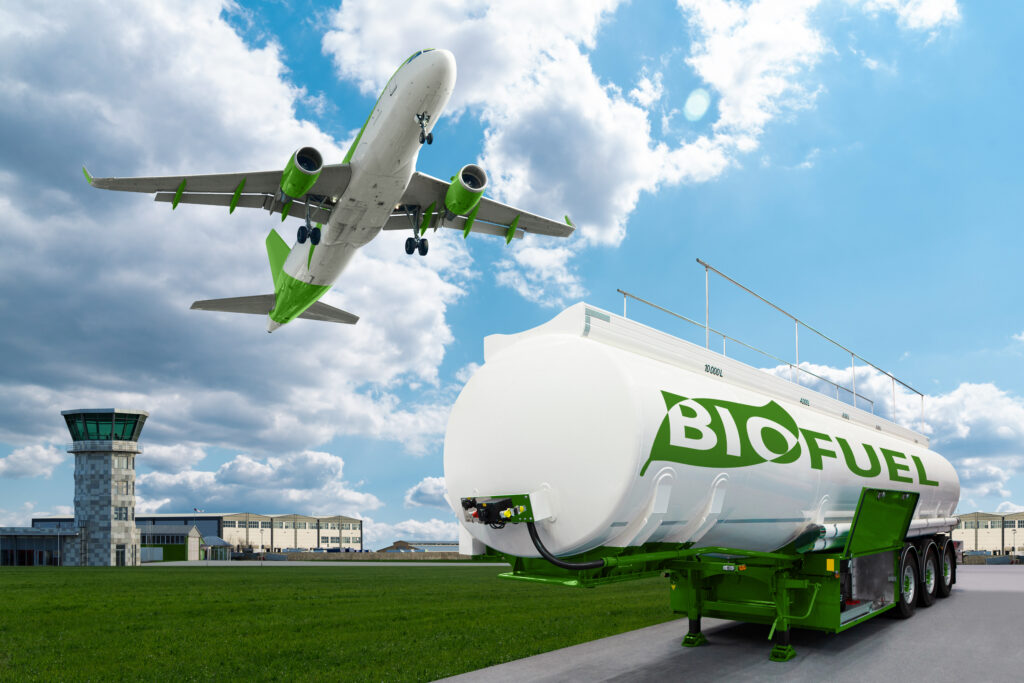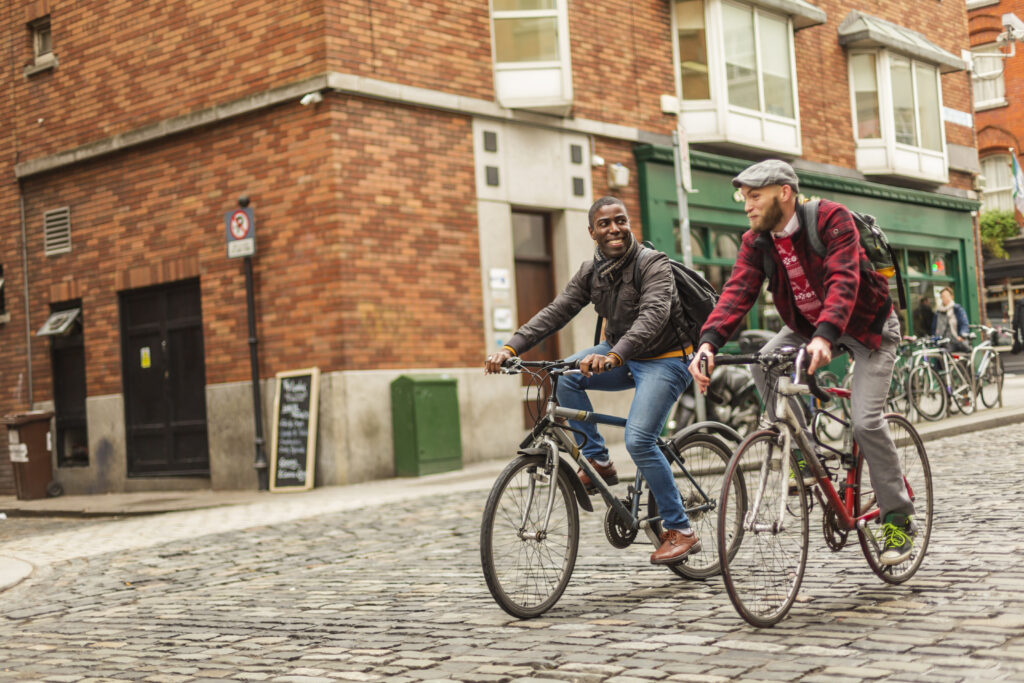8 Travel Tips to Reduce Your Carbon Footprint
According to research from MMGY, an increasing number of travelers consider a company’s environmental efforts when making travel decisions. This has increased over the last year when, in 2021, 15 percent said it was a consideration and, in 2020, 20 percent of leisure travelers indicated it was impacting their choices.
Beyond Earth Day, travelers are also looking for more sustainable travel experiences and making decisions to reduce their carbon footprint. So, we pulled together this list of eight eco-friendly travel tips you should consider before and during your next trip.
1. If Possible, Book Alternatives to Air Travel or Car
You can reduce your CO2 emissions by between 50 percent and 80 percent by taking a train, bus, or even a full-passenger car instead, according to BBC. And without the hassles of lengthy check-in lines, weight limits, and security restrictions, these alternative modes of transport can get you to your destination in an eco-friendlier way.

2. Make Eco-Friendly Choices If You Fly
If you really don’t have a choice, but to book a flight to travel to your final destination, you may want to consider choosing a “greener airline.” Major carriers such as Virgin Atlantic, United Airlines, and JetBlue have each launched sustainability programs to improve fuel efficiency, initiated recycling programs, and adopted the use of biofuels.
Choose to fly economy and book a direct flight. Yes, the thought of traveling in an economy seat on a long-haul flight economy may cramp some travelers’ style, but business and first-class seats take up significantly more space per person, and therefore, have a much larger carbon footprint. “A first-class ticket on a long-haul flight emits, on average, four times as much as an economy seat on the same plane,” according to Jocelyn Timperley, reporter, BBC.com.
Book a direct flight to your destination to avoid connecting flights. According to NASA research, around 25 percent of a plane’s total carbon emissions come from takeoff and landing. Reduce the bulky items in your suitcase and pack light to reduce your carbon footprint. A lighter load on the plane will help reduce airplane fuel consumption.

3. Stay in Environmentally-Friendly Resorts and Hotels
The next time you have to choose a hotel or resort for your trip, you should do the extra research to find properties, specifically in the US, that have been awarded LEED certification. The U.S. Green Building Council developed the LEED program, which awards a certification level based on the hotel’s performance across seven categories, such as reducing waste sent to landfills, conserving energy and water, and reducing harmful greenhouse gas emissions. When a hotel achieves LEED certification, it receives a silver, gold, or platinum classification rating.
4. Be Smart and Conserve Energy and Water
It can be pretty easy to forget this tip when you’re vacationing at a hotel or resort. You’re not paying the water or electric bill. So, consider taking short showers, turning off lights and appliances, and turning off heating and cooling units when you’re not in the room. So, in other words, act like you’re paying the bill to avoid needlessly wasting power and water. It’s the best way to limit your greenhouse gas emissions.

5. Use the “Do Not Disturb” Sign
Try to forgo getting fresh towels and bedding daily when staying at a hotel or resort. Of course, it’s nice to get VIP treatment, but the frequent use of washing machines, dryers, and vacuum cleaners adds significant carbon emissions to your stay. If you don’t need housekeeping to clean your room every day, you can place the “Do Not Disturb” hanger outside your door. You can always contact the front desk if you change your mind and need your room cleaned.
6. Pack Your Reusable Items
We’ve done it before. After you’ve cleared airport security, you pick up a bottle of water near your departing gate to ensure you stay hydrated on the plane ride to your final destination. Instead of buying another plastic bottle of water, consider taking a refillable water bottle and finding the nearest water fountain to fill it up before boarding the plane or other mode of transportation. To be more eco-friendly on your next trip, you should consider packing reusable coffee cups, food storage containers, cloth shopping bags, and reusable straws. You can easily fit most of these items in a small bag or backpack.

7. Eat Local Cuisine
Your food choices have a significant impact on the environment, both in terms of the type of food you eat and how far it travels to reach your plate. Try to eat as much local food as you can. Consuming foods from local growers and producers not only supports the local community, but it’s an effective way to reduce the shipping and transport emissions of your meal. Try to expand your dietary horizons to enjoy meat-free dining in places like India, Israel, and parts of Asia. It’s been documented that plant-based diets have a significantly smaller carbon footprint than those high in meat.
8. Walk, Bike, or Take Public Transportation
It’s how you move around when you travel that can have a big impact on the carbon footprint of your trip. Rather than relying on carbon-intensive taxis and ride-sharing services, try to explore new surroundings by foot or bike. Many cities offer walking or bike tours if you prefer a more structured trip, or you can go the self-guided route and just walk around, rent a bike, or even a scooter. If you need to cover greater distances or want to travel more quickly, utilize public transportation – like low-emission trains and trams – as much as you can.



